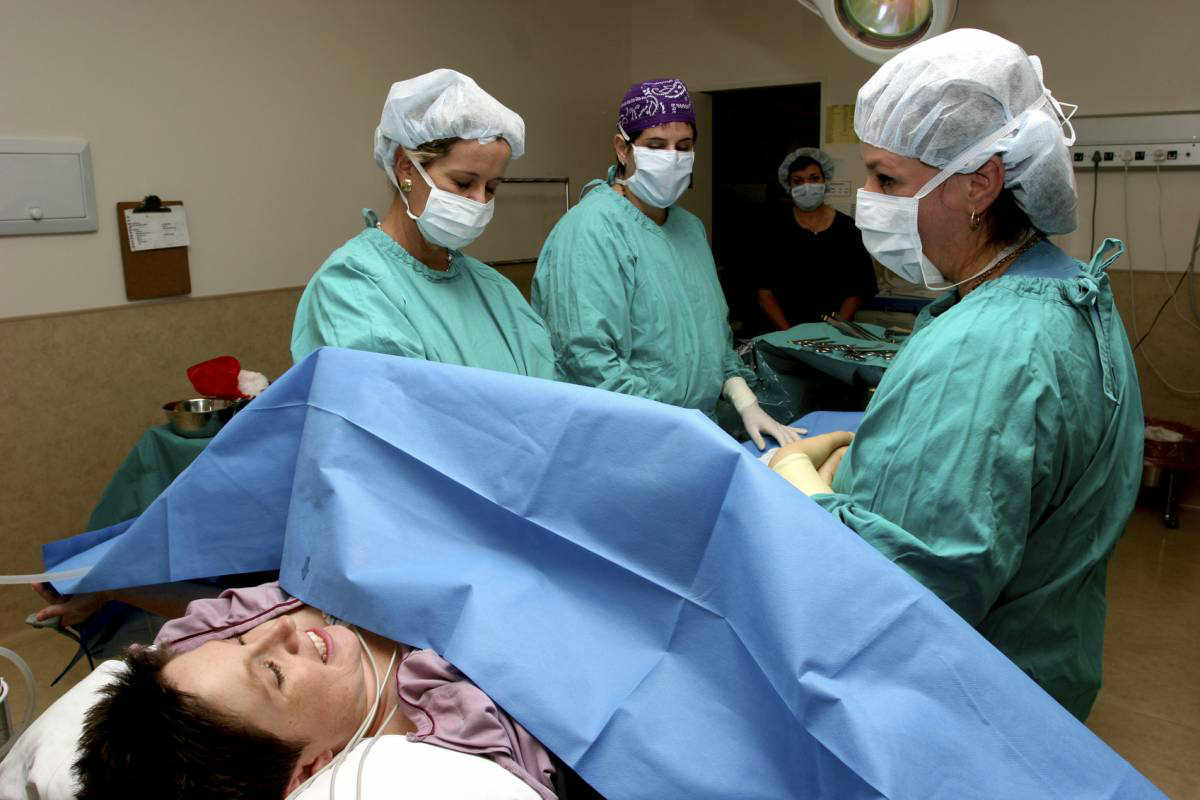If your child experienced a birth injury resulting from mishandling of a breech position, contact Willens & Baez.
When a baby is in a breech presentation, a vaginal delivery raises the risk of birth injury and death. This is why experts recommend a C-section delivery. Recent research shows the likelihood of dying was ten times greater in breech babies delivered vaginally than those delivered by C-section. The study wasn’t small, either. It examined more than 58,000 cases of women in The Netherlands who gave birth to a baby in breech position between 1999 and 2007.
Breech position often prolongs labor because a physician will typically first try to manually manipulate the baby into a head-first position. This is done by gently moving the baby into place from outside the mother’s abdomen. However, prolonged labor raises the baby’s risk of suffering oxygen deprivation and other damage.
If the child cannot be shifted into a head-first position, a C-section is appropriate.
Breech Presentation: When it Leads to Birth Injuries
Birth injuries from a mishandled breech presentation can cause trauma. These include brain bleeds, lack of oxygen, cerebral palsy, and seizures. Complications that often occur when a baby is in breech position include the following:
- Umbilical cord compression
- Nuchal cord
- Fetal distress
- Forceps injury
- Vacuum extractor injury
- Traumatic injury
It is critical that a doctor properly evaluate both mother and child in order to identify and address a breech position. Continuous fetal heart rate monitoring is another important factor. It allows medical staff to know precisely when a baby is in danger.
The correct standards of care for delivery must be followed. Both the hospital and the individual staff members must be prepared for a delivery by emergency C-section at a moment’s notice to prevent potential injuries to both mother and baby or a medical malpractice lawsuit.
Failure to Perform Cesarean Section Leading to Birth Injury
Cesarean Section for Labor Distress
Most of the reasons why Cesarean sections are performed relate to a difficult birth. These include:
- Breech presentation—the baby is supposed to emerge head first, but if it is upside-down, vaginal delivery may be more challenging
- Fetal distress—if the baby’s oxygen supply is cut off or if its heart rate indicates distress, an emergency Cesarean section may be performed
- Cord prolapse—when the cord emerges through the cervix first, contractions can cut off the baby’s blood flow
- Failure to progress in labor or failed induction of labor
- Uterine rupture—when the uterus tears during pregnancy or labor
In all of these cases, a Cesarean section is indicated, although once a mother enters a distressed labor, the chances of a negative outcome for both mother and child are increased.
Planned Cesarean Section to Avoid Dangerous Labor
There are many reasons why doctors should plan a Cesarean section before attempting vaginal birth so that they can avoid a complicated labor and delivery. These include:
- Placenta previa—when the placenta blocks the cervix, which can increase risks for mother and child
- Placental abruption—when the placenta separates from the uterus. Generally requires an emergency c-section.
- Cephalopelvic disproportion (CPD)—when a baby’s head is too large to fit through the mother’s cervix
- Large fetus—If the child is estimated to be more than 5 kg (about 11 pounds), a Cesarean section is generally recommended. Cesarean sections are recommended for smaller babies if the mother has diabetes
- Previous high-risk pregnancy
- Preeclampsia—elevated blood pressure during pregnancy
- Mother with STDs
If a doctor doesn’t take appropriate action to account for these situations, it can lead to an attempted vaginal birth that causes complications, and whether or not a Cesearean section is performed at that point, the mother and child have been put at increased risk.
C-Section Errors
Although this procedure is extremely common, it carries some inherent risks. When conducting a C-section, if the doctor fails to respond to a sudden emergency situation in a timely manner or makes errors, it can cause a serious injury to the baby, the mother, or both of them. Chicago birth injury lawyer explains these risks in detail.
What is a Cesarean Section?
A cesarean section is commonly referred to as a C-section. It is a surgical procedure used to deliver a baby through an incision made through the mother’s abdomen and uterus. A cesarean section is a major surgery and it should be performed only when it is medically necessary because injury to the mother or child could result.
Situations when C-section is necessary
C-section is required in certain situations when the doctor observes fetal distress or when labor is unusually long. Some other reasons include:
- Mother had a surgery on the uterus previously or a C-section in a previous pregnancy
- There are problems with the placenta.
- Mother has an infection such as genital herpes or HIV
- Mother is having triplets
- Mother has a chronic health condition, such as high blood pressure or diabetes
- Baby is in a breech position
- Baby’s umbilical cord slips into the vagina
- Baby has a certain type of birth defect
The biggest challenge doctors face while performing a C-section is responding to any emergency situations that may develop during the process. A slight negligence on the part of the doctor in monitoring the condition of the baby or mother during the c-section can cause a medical malpractice occurrence serious damage to the baby, such as a brain injury.
Common problems that may emerge during a C-section
Some of the commonly reported problems during a C-section include:
- baby is born prematurely
- mother starts hemorrhaging during the operation
- administering to too much or too little anesthesia that causes problems for the mother
- mother gets an infection from the surgery
- mother loses bowel or bladder control after the caesarian section
- baby gets insufficient oxygen supply
- baby suffers brain damage
- scarring by medical instruments
Most of these problems are easily preventable if the doctor exercises caution and follows the standards of care expected of him.
Recovering damages for birth injuries resulting from C-section complications
In order to file a lawsuit against the responsible doctor to recover compensation for the damage that you or your child has suffered, you will have to prove that the doctor acted negligently, or in a manner that does not meet the standard of care.
Experienced Birth Injury Lawyers
If your child experienced a birth injury resulting from mishandling of a breech position, contact Willens & Baez. We have helped many families of injured children get the compensation they need for a secure future. We strive to give the utmost personal attention to each child and family we represent.












